Search
Remove Ads
Advertisement
Summary 
Loading AI-generated summary based on World History Encyclopedia articles ...
Search Results
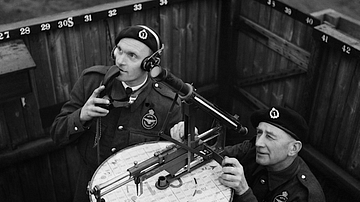
Image
Observer Corps Members Sighting Enemy Aircraft
A photograph showing members of the British Royal Observer Corps and the equipment they used to measure the altitude and position of incoming enemy aircraft during the Second World War (1939-45). The observers were an important element of...
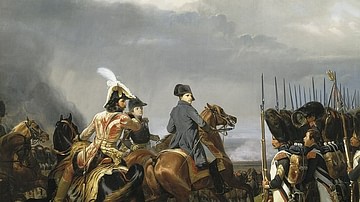
Article
Battle of Jena-Auerstedt
The twin battles of Jena and Auerstedt, both fought on 14 October 1806, marked a major turning point in the Napoleonic Wars (1803-1815). It saw the French Grande Armée, led by Emperor Napoleon I (r. 1804-1814; 1815) soundly defeat the Prussian...
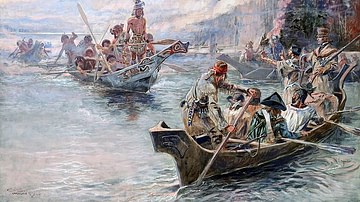
Definition
Lewis and Clark Expedition
The Lewis and Clark Expedition (1804-1806) was a US military expedition of exploration, led by Meriwether Lewis and William Clark, whose goal was to explore the newly acquired western lands that comprised the Louisiana Purchase and to reach...
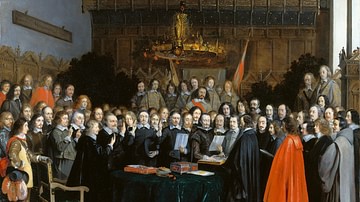
Definition
Peace of Westphalia
The Peace of Westphalia, the name given to the multiple treaties, marked the conclusion of the Thirty Years' War. Signed on 24 October 1648, it aimed to secure political autonomy for the multitude of small states that made up the Holy Roman...
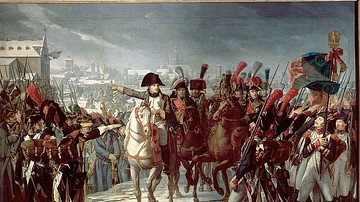
Image
Napoleon with the II Corps of the Grande Armée, 12 October 1805
Emperor Napoleon I orders the II Corps of the Grande Armée into action at Augsburg on 12 October 1805, during the Ulm Campaign.
Painting by Pierre-Claude Gautherot, 1808.
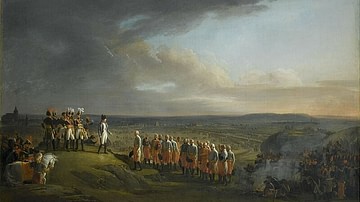
Article
Ulm Campaign
The Ulm Campaign (25 September to 20 October 1805) was a military operation during the War of the Third Coalition (1805-1806). Through a series of maneuvers, the 210,000 men of the French Grande Armée, led by Emperor Napoleon I, encircled...

Definition
Peace of Callias
The Peace of Callias (aka Kallias) refers to a possible peace treaty made in the mid-5th century BCE between Athens and Persia following the Persian Wars. The existence of such a treaty is not agreed upon by all historians, and if it did...

Article
Mikhail Kutuzov & the Russian Military Enlightenment
The Military Enlightenment of the 18th century was a concerted effort across Europe to engage with the science of war. Embracing rationalism and professionalism, especially in military education, statesmen, philosophers, and educators explored...
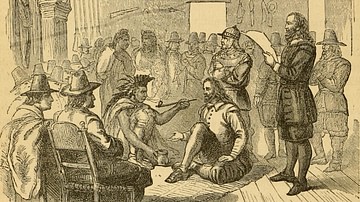
Definition
Pilgrim-Wampanoag Peace Treaty
The Pilgrim-Wampanoag Peace Treaty is the document drafted and signed on 22 March 1621 CE between governor John Carver (l. 1584-1621 CE) of the Plymouth Colony and the sachem (chief) Ousamequin (better known by his title Massasoit, l. c...
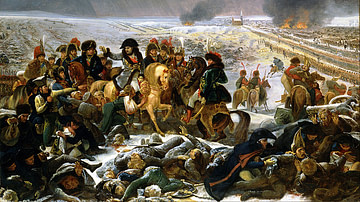
Article
Battle of Eylau
The Battle of Eylau (7-8 February 1807) was a bloody but inconclusive military engagement during the Napoleonic Wars (1803-1815). Fought on the snowy fields of Poland, the two-day battle resulted in a draw. Eylau marked the first serious...